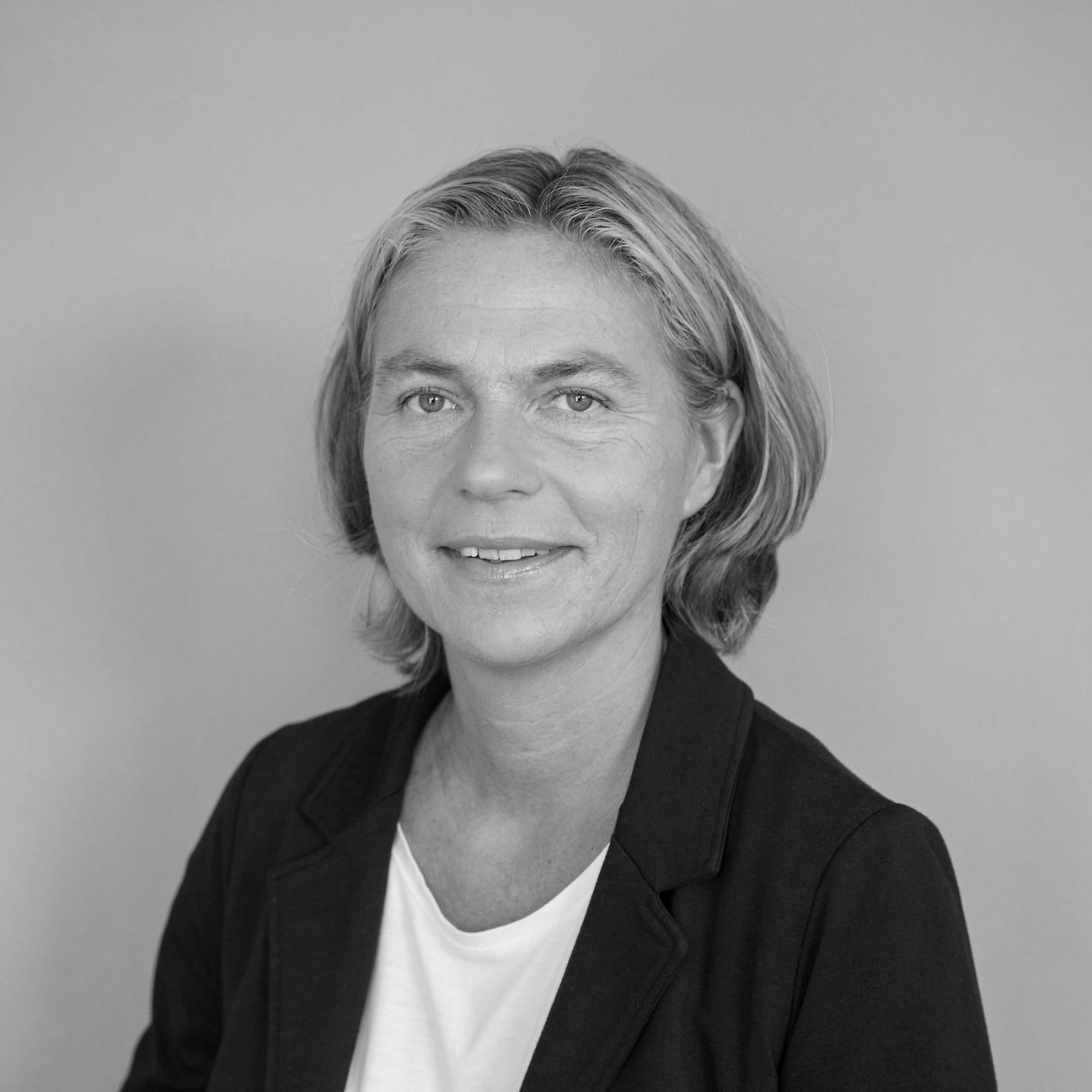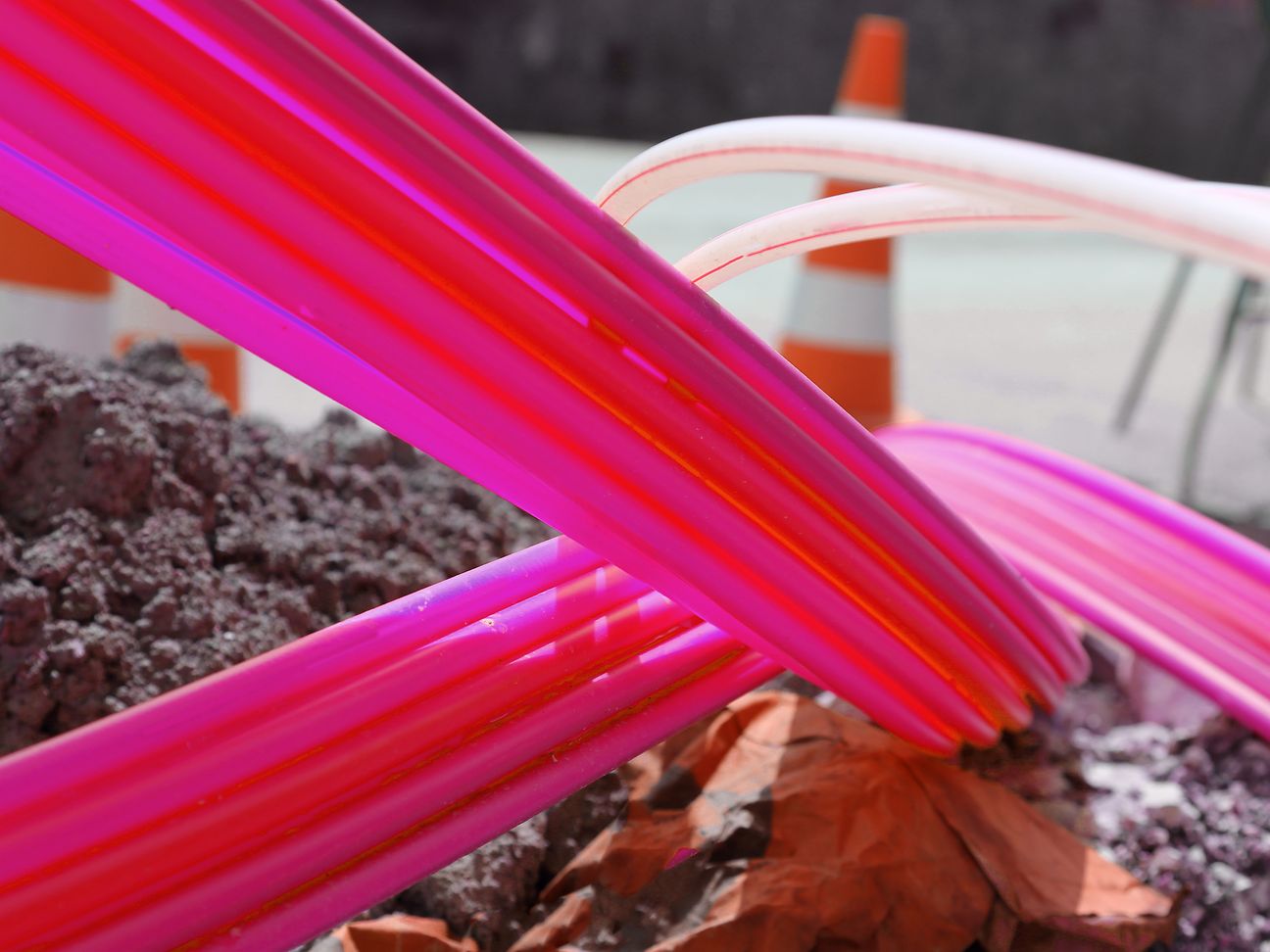

Surfing the web faster with the first small cell antennas for 5G
- Deutsche Telekom and Huber+Suhner are jointly developing 5G small cell antennas
- First Sencity Urban antennas already in use in the 4G network in five cities
- Greater coverage in the mobile network
Deutsche Telekom is now also preparing its network for the use of 5G small cell antennas. To do so, it is collaborating with Huber+Suhner, the specialist for electrical and optical connectivity. The Swiss company has developed five small cell antennas for Deutsche Telekom that support 4G and 5G frequencies. The Sencity Urban antennas cover the range of frequencies from 1.7 to 4.2 GHz. Small cells are small amplifiers for the mobile network. The data throughput can thus be systematically expanded in areas where many customers are on the move or surfing.
Increase in data capacity
The new small cell antennas first operate in Deutsche Telekom’s 4G network. They can be upgraded to 5G in just a few simple steps. Sencity Urban antennas will be used for the first time in Kiel, Lüneburg, Osnabrück, Munich, Mülheim and other cities.
Small cells will play an increasingly important role in Deutsche Telekom’s network in the future. They are creating a significant increase in data capacity in their coverage area. This is currently up to an additional 150 MBit/s. The new types of Huber+Suhner antenna make it possible to increase quality further with what is referred to as the MIMO (Multiple Input Multiple Output) technology. Using this technology, several antennas provide higher data throughput – both at the transmitters and in the receiver.
“Small cell antennas are an important component of our expansion strategy. We can systematically cover squares and streets with the new antennas. This helps us create more capacity in the downtown areas and thus further optimize our network,” states Walter Goldenits, Telekom Deutschland’s CTO. “A big added value of our Swiss partner’s antennas is their flexible handling: we can convert the supply to 5G in a few easy steps.”
Flexible installation
“Developing small cell antennas that support 4G and 5G technology and can be integrated properly into the cityscape despite the limited space was a challenge,” says Claudia Bartholdi, Product Manager at Huber+Suhner. “The Sencity Urban antennas have optimized performance and allow flexible mounting so that the network can easily be extended to 5G in urban areas.”
The small cell antennas made by Huber+Suhner will be installed on public telephone boxes, bus and streetcar shelters, walls, or on LED furniture. There are various types of antennas and housing, adapted to the various requirements. Omnidirectional antennas are used for market squares, for example, and directional antennas for narrow streets.
Small cells will be required in the future to provide urban areas with 4G and 5G. Combined with the conventional locations, the network can thus provide the necessary coverage and capacity to supply more and more wireless devices. The Sencity Urban antennas are very compact and can be easily installed in existing infrastructures. This saves space and enables future networks to perform at their best.
About Deutsche Telekom
HUBER+SUHNER Group
The global Swiss company HUBER+SUHNER develops and produces components and systems for electrical and optical connectivity. The company serves its customers in the three markets Communication, Transportation, and Industrial with cables, connectors, and systems of the three key technologies Radio Frequency, Fiber Optics, and Low Frequency. HUBER+SUHNER products deliver high performance, quality, reliability, and a long service life, even under the toughest of conditions. With a global production network, combined with group companies and agencies, HUBER+SUHNER maintains a close relationship with its customers in over 60 countries. Further information about the company is available at hubersuhner.com.


